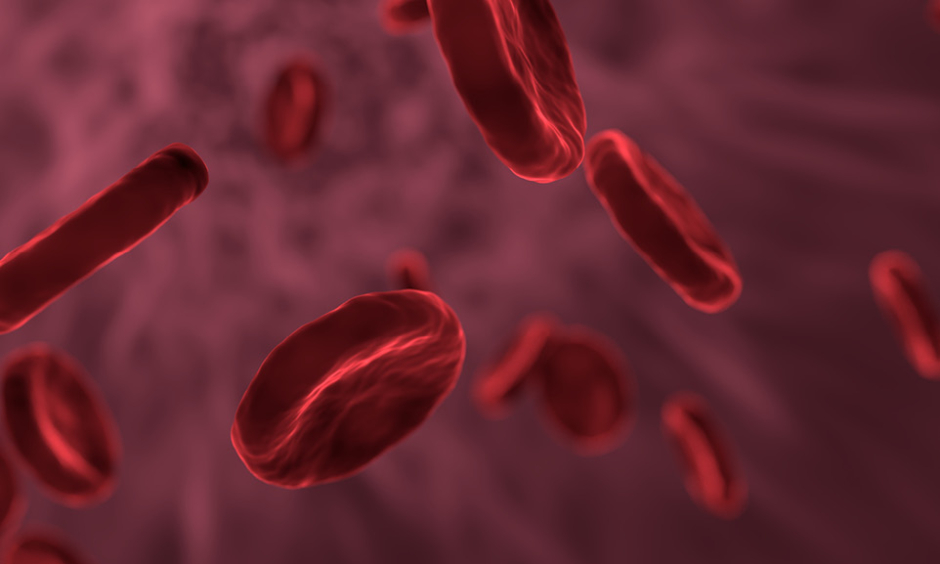HYPOXIA is commonly found in a number of disorders, including cancers, alcoholism, sickle cell anaemia, and nonalcoholic fatty liver disease. The oxygen-limited condition has previously been attributed to an increased risk of blood clots, and now new research carried out at Louisiana State University (LSU) Health Sciences Center New Orleans, New Orleans, Louisiana, USA has uncovered the molecular pathway behind this life-threatening condition.
It was previously identified by the team at LSU Health Sciences Center New Orleans that the natural anticoagulant Protein S was critical to the prevention of blood clotting; the protein inhibits the functioning of the clotting agent Factor IXa. However, while it was understood that Protein S concentration was decreased under hypoxic conditions, it was not clear how the limited oxygen concentration had this effect.
Since Protein S is predominately produced by the liver, the team cultured human hepatocellular carcinoma cells under both hypoxic and normal oxygen conditions and measured the levels of Protein S produced. Decreasing the oxygen concentration reduced Protein S concentration but also increased the concentration of hypoxia-inducible factor 1. The suggestion that this protein limits and controls Protein S function under hypoxic conditions was confirmed following biochemical and genetic techniques in a mouse model.
“This study will open a new direction for targeting hypoxia-mediated thrombotic disorders”, concluded study leader Dr Rinku Majumder, LSU Health Sciences Center New Orleans. The discovery marks a turning point in the understanding of hypoxia’s effect on thrombosis and has been described as “an important contribution to our understanding of the molecular basis of the augmentation of thrombosis by hypoxia” by commentators. However, further investigations are required to confirm the results in humans and identify whether this could lead to any possible therapeutic avenues.








